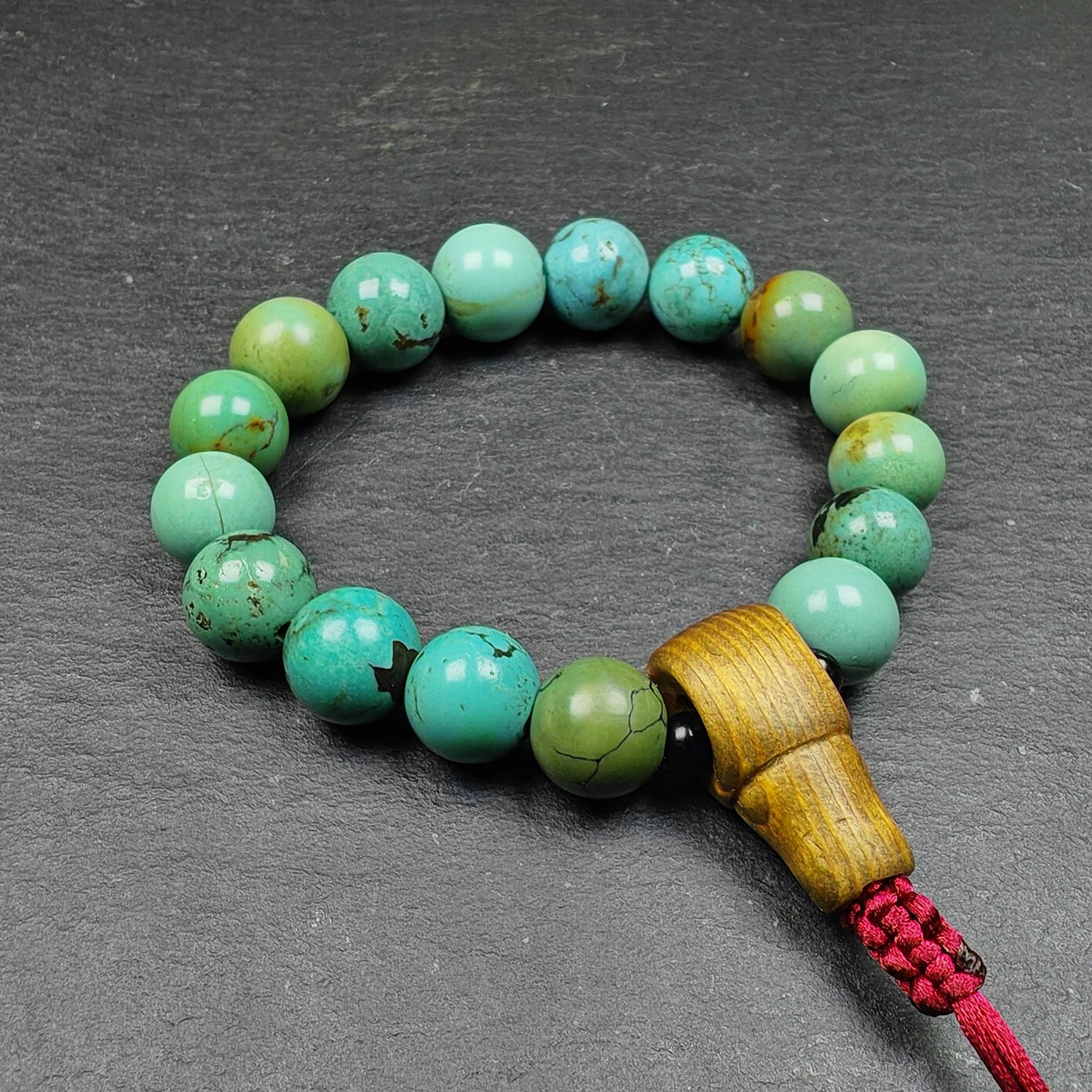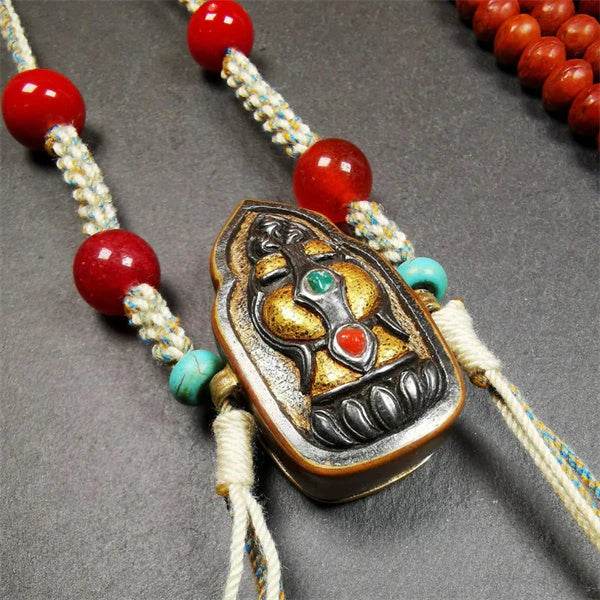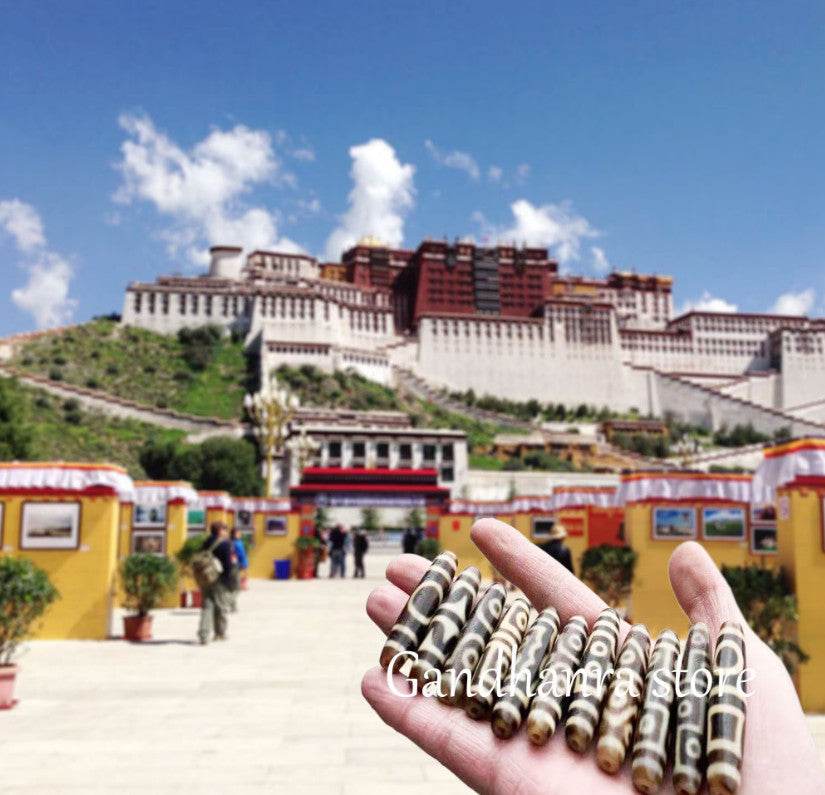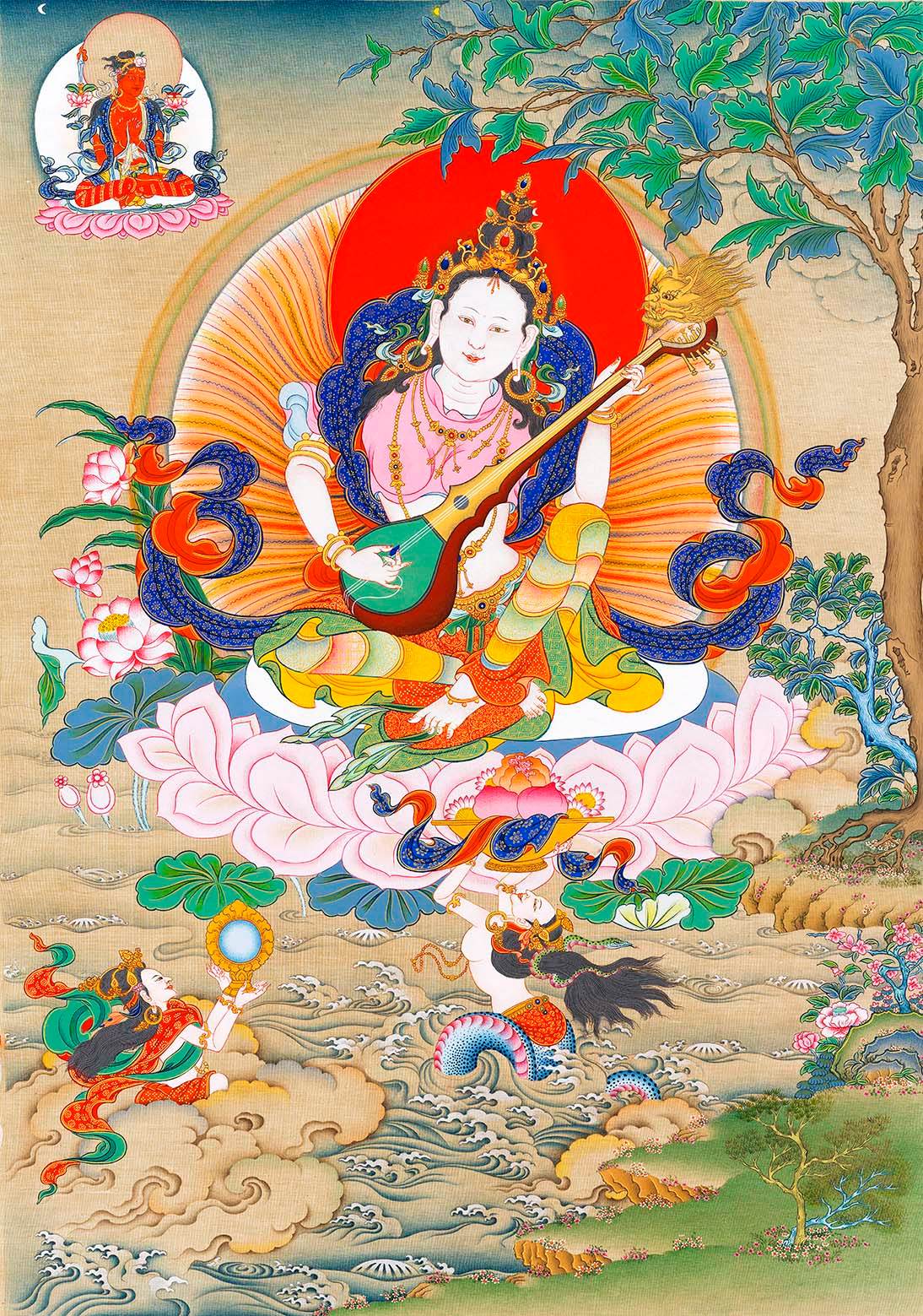
Naoki Ishikawa, Reborn in the Himalayas.

Naoki Ishikawa, photographer and explorer, was born in Tokyo in 1977. He graduated from Waseda University’s Department of Literature in 2002 and completed his doctoral studies at Tokyo University of the Arts’ Graduate School of Fine Arts in 2008. In 2001, he successfully summited Mount Everest, becoming the youngest person at the time to climb the highest peaks on all seven continents.
With a strong interest in anthropology and folk culture, Ishikawa’s work focuses on travel and mountaineering. He is renowned for his photographs taken at 8,000 meters in the Himalayas, featured in his *Himalaya* series, including *Lhotse*, *Everest*, *Manaslu*, *Makalu*, and *K2*. His works are held in collections at institutions such as the Museum of Contemporary Art Tokyo and the Tokyo Metropolitan Museum of Photography. He has received numerous awards, including the recent Japan Photo Award for Artists and its Lifetime Achievement Award.
Personal website: [http://www.straightree.com/index.html]


















Works by Naoki Ishikawa
Crossed the North and South Poles at age 22.
Naoki Ishikawa was born in Tokyo in 1977. During elementary school, he commuted about 50 minutes by train each day. It was during this time that he developed a deep fascination with adventure books. Works like *The Adventures of Tom Sawyer* and *Robinson Crusoe* greatly inspired him, fueling his dream of one day traveling the world.
At 17, he embarked on a solo journey to India and Nepal. By 22, he joined the *Pole to Pole 2000* expedition, a project that recruited 80 men and women from around the world to traverse from the Arctic to the Antarctic over nine months—relying solely on their own strength, traveling by foot, skis, and bicycle.
During this expedition, he climbed Vinson Massif, then the highest peak in Antarctica, and attempted to document the journey through photography. He once said, "I love exploring uncharted territories. Wherever there is undiscovered land, I want to go there—to listen with my own ears, see with my own eyes, and experience it firsthand."





Naoki Ishikawa's Polar Works
Summited Mount Everest twice.
In 2001, Naoki Ishikawa successfully summited numerous peaks worldwide, including Mount Everest, becoming the youngest person at that time to climb the highest mountains on all seven continents. A decade later, he returned to Everest, this time ascending from the Nepalese side—always a man drawn to new challenges.
*"I wanted to reach Everest's summit, but going by helicopter would be meaningless. What matters isn't the view from the top, but the act of climbing itself. Even if you never reach the summit, the ascent is the purpose,"* said Ishikawa.

Naoki Ishikawa's Photobook "Everest"
In his published work "Everest," Naoki Ishikawa wrote:
"Why climb mountains? Why go back again? No matter how much I think about it, the answer always comes down to 'simply because I love it.' These long mountaineering journeys strip away the heavy things clinging to my body, returning me to my simplest state. Before and after going, the world looks different. The path of life shifts. If this series of transformations is the meaning and reward of travel, then climbing Everest twice has been the greatest journey of all."




Naoki Ishikawa's Ascent of Mount Everest
Rebirth in the Himalayas
Naoki Ishikawa has been traveling the world for 20 years, and the Himalayas remain a place he visits every year. He regards the Himalayas as a school that has given him new perspectives on life—that humans and other living beings are equal, and that even when standing atop a mountain peak, one must still keep their feet on the ground, breathe the air, and listen to their heartbeat.
Ishikawa believes that climbing the Himalayas is like a vertical journey, engaging every muscle in the body in a way ordinary travel cannot. With the rapid advancement of digitalization, everything has accelerated. A smartphone can quickly retrieve countless beautiful photos, but that only creates an illusion of knowing and arriving—viewing images online is entirely different from experiencing them with one’s own body.
*"I think relying solely on daily internet searches dulls human sensitivity. Nothing can replace the richness and diversity gained from real experience. I want to see with my own eyes, listen, and feel it with my body. I am alive, yet each time I feel reborn in the Himalayas. That is the greatest truth my journeys there have given me,"* says Ishikawa.



Lhotse photographed by Naoki Ishikawa
Vertical Journey, Vertical Photography
Photography is inseparable from Naoki Ishikawa's "Vertical Journey." To this day, he continues to shoot with a Plaubel Makina medium-format film camera. He once said: *"I'm accustomed to shooting with film. With a digital camera, if I take a photo I don't like, I can delete it—but I refuse to do that. Life is the same way. You can't just erase it because of failure."*
Ishikawa has a deep interest in folk culture and anthropology. Through his lens, humans and nature exist in harmony. His portraits of Sherpas have been praised as "photographs that capture the soul."

The photo book "Naoki Ishikawa – Himalayas"describes:
We explored a place most can never reach,
a marginal space. We passed through temperate forests,
followed rivers, crossed grasslands and glaciers,
climbed treacherous rock and ice,
all the way to the top of the world.

Above our cities,
this pure and sacred mountain range
never concerns itself with human fate—
it simply stands there in silence.






